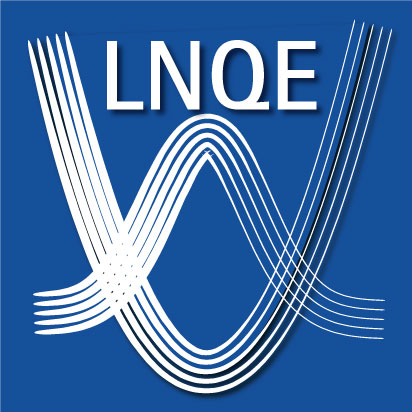Novel Nanocrystal Assembly Concepts for Quantum Dot Based Photoelectrochemical Sensors
| Leitung: | N. Bigall, A. Kirschning |
| Team: | A. Schlosser |
| Jahr: | 2016 |
Colloidal nanoparticles have the advantage that with one single synthetic step a huge amount of nanoparticles can be prepared with subnanometer precision and an extremely far-developed size-, material-, and shape-control. For building photoelectrochemical sensors in order to detect a large variety of different molecules dissolved in aqueous solutions (such as pollutants or biomedical molecules), the nanoparticles must be deposited on electrodes without losing their nanoscopic properties (mainly quantum confinement). The geometry (architecture) of the nanoparticle arrangement will play an important role for the quality and sensitivity of the resulting sensor.
In this project, tailored colloidal nanocrystals will be first synthesized by wet-chemical routes. Subsequently, assembly concepts will be developed in order to build superstructures of the nanoparticle building blocks which partly still exhibit nanoscopic properties. Assemblies of porous, dense-packed, regular and non-regular arrangements will be developed. The resulting novel systems will be characterized by means of electron microscopy, optical spectroscopy and electrochemical techniques.
Photoelectrochemical sensors of these materials will be built. Here, a comparison between the different assembly architectures will yield information about the optimum arrangement. We expect that by optimizing the arrangement architecture and choosing highly advanced colloidal nanocrystals, we will be able to build sensors with high photocurrents and sensitivities as well as a huge analyte detection range and long-term stability.






